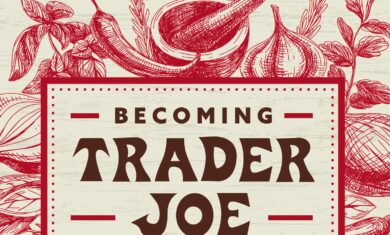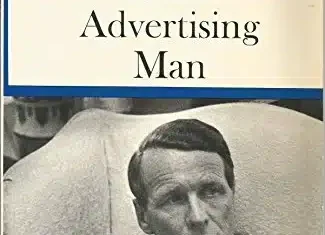I just finished reading This is Marketing, by Seth Godin, and thought I’d share my takeaways from the book. I highlighted a variety of passages via Kindle along the way, so I’ve shared them below along with some quick thoughts from me. I hope to do this with more books in the future.

Marketing is the act of making change happen. Making is insufficient. You haven’t made an impact until you’ve changed someone.
We all see this. People have great ideas or great products, but they don’t spread. Greatness is a big part of it, but marketing is what helps move things forward.
Marketing is the generous act of helping someone solve a problem. Their problem.
If you’re trying to sell something that you don’t believe provides real value and helps solve a problem, you’re not likely to be very successful with it.
The other kind of marketing, the effective kind, is about understanding our customers’ worldview and desires so we can connect with them. It’s focused on being missed when you’re gone, on bringing more than people expect to those who trust us. It seeks volunteers, not victims.
The “being missed when you’re gone” part can be pretty tough. I had a podcast years ago that I thought was doing pretty well, but when I took a break from it no one said a word. That told me all I needed to know.
It’s easier to make products and services for the customers you seek to serve than it is to find customers for your products and services.
This goes back to the old idea of creating a product to fill a need, versus creating a product and then trying to find someone that needs it.
Harvard marketing professor Theodore Levitt famously said, “People don’t want to buy a quarter-inch drill bit. They want a quarter-inch hole.”
In the book, Seth took this even further. People don’t even really want a quarter-inch hole, they want a bookshelf. Beyond that, though, they don’t even want the bookshelf, but they want the problem that it solves (better aesthetics in your living room, more space for your books, etc). People need to buy the drill bit, but you need to sell the final result.
Everything that we purchase—every investment, every trinket, every experience—is a bargain. That’s why we bought it. Because it was worth more than what we paid for it. Otherwise, we wouldn’t buy it.
This reminds me of the time my family went to the zoo on a scorching hot day and eventually found a little shop selling bottled soft drinks for $5 each. That was seemingly a very high price, but we quickly paid it because we were parched and the value for us at the time made those drinks worth way more than $5 each. $5 was higher than I’ve likely ever seen for bottled soft drinks, but we proved that they weren’t “overpriced”.
If a brand is our mental shorthand for the promise that you make, then a logo is the Post-it reminder of that promise. Without a brand, a logo is meaningless.
We have a presentation at GreenMellen that we give sometimes that showcases some really creative, well-done logos. As it turns out, they’re mostly for brands that no one has heard of because a logo and a brand are two very different things.
If you run an ad on Facebook and count your clicks, and then measure how many of them convert, you’re doing direct marketing. If you put a billboard by the side of the highway, hoping that people will remember your funeral parlor the next time someone dies, you’re doing brand marketing.
If you’ve never understood the difference between direct marketing and brand marketing, this example sums it up quite well.
Facebook and other social platforms seem like a shortcut, because they make it apparently easy to reach new people. But the tradeoff is that you’re a sharecropper. It’s not your land. You don’t have permission to contact people; they do. You don’t own an asset; they do.
This is why email lists and websites will continue to be a huge part of marketing — you need something that you can control. Even if MailChimp closes your account or your web host goes away, you can move those assets elsewhere and keep going 100%. If Facebook or Instagram shut down your account, those connections are simply gone.
It’s a great book and a pretty easy read, and I encourage you to check it out for yourself! Have you read it yet?





Great read. Thanks, Mickey.
You’re welcome! I’m glad you found it helpful.